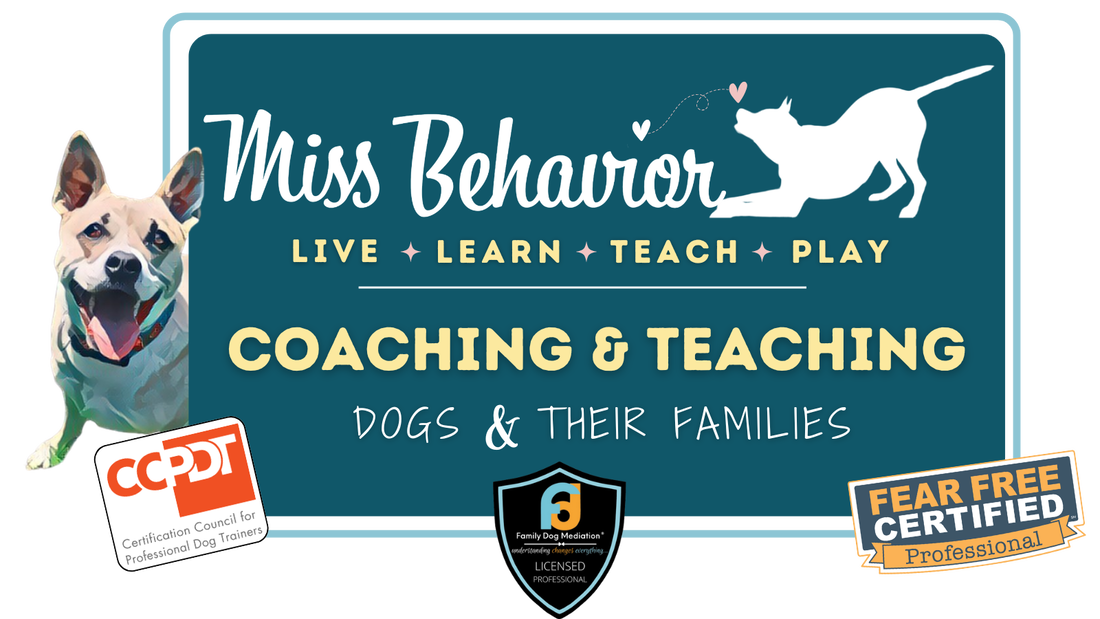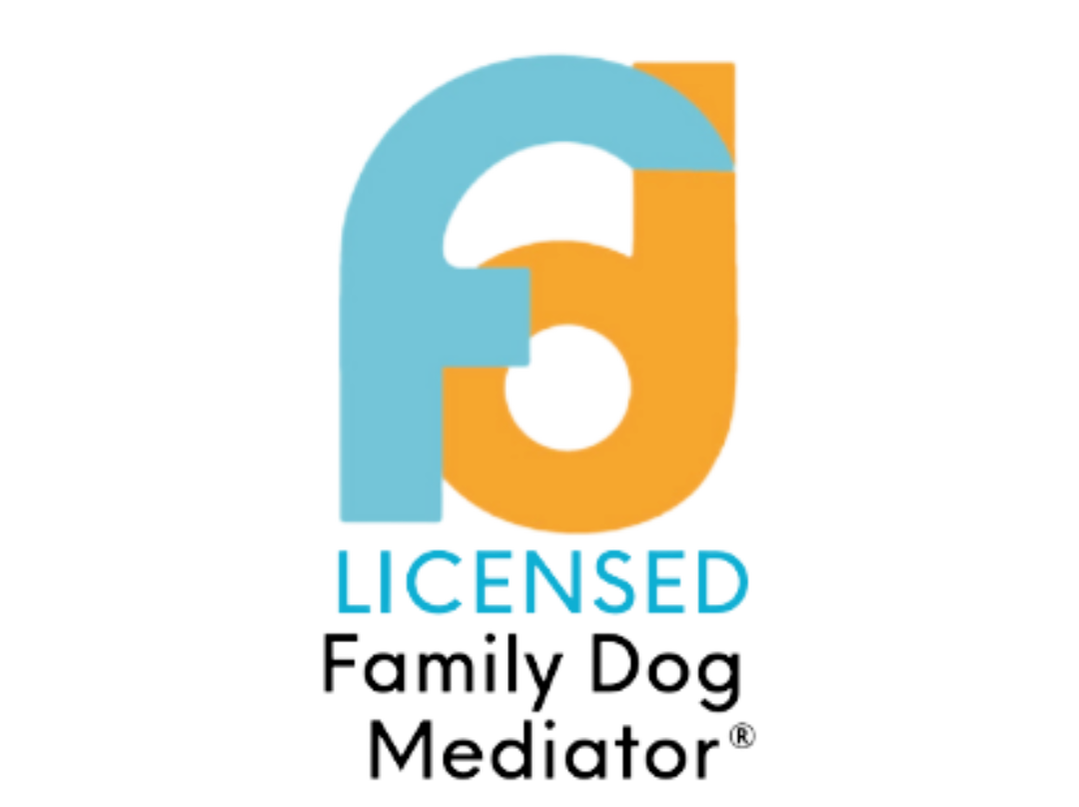Why Genetics Changes the Way We Should Handle DogsIf you’ve ever felt like handling your dog is harder than it should be—whether it’s trimming nails, brushing fur, or walking into the vet’s office—you’re not alone. And more importantly: you’re not doing anything wrong. The truth is, handling isn’t just about training—it’s about understanding. And that understanding starts with your dog’s L.E.G.S.® What Are L.E.G.S.®, and Why Do They Matter in Handling? L.E.G.S.® stands for:
We often focus on the first two—what the dog has learned and what’s happening around them—but when it comes to handling, genetics is the game-changer most people overlook. Handling isn’t neutral. For some dogs, touch and restraint feel comforting. For others, it feels threatening, overwhelming, or unpredictable. And often, those differences don’t come from how they were raised—they come from what they were bred to do. Was your dog bred to work independently? To guard livestock? To run down prey solo? Or were they bred to be a lap companion, always touching, always close? Understanding these genetic backstories helps you:
Because even with the best training, if we’re working against our dog’s instincts instead of with them, handling becomes a struggle. Not only is that not good for the dog's learning but it becomes very unsafe. Handling by Breed Group:This blog post breaks down handling tips by breed group, using Family Dog Mediation® principles. Instead of asking “How do I make my dog tolerate this?” we ask: “How can I support this dog’s genetic needs so that handling feels safer and more predictable?” Each section explores common handling challenges, practical tips, and trust-building strategies based on what your dog was designed to do. Guardian Dogs
⚠️ FDM Pro Tip: Just because they’re calm doesn’t mean they’re comfortable. Stoic dogs are often missed in early stress signals—watch closely for stillness, tucked tails, or turned heads. Natural Dogs
⚠️ FDM Pro Tip: Respect their boundaries and need for agency. Forcing interactions can lead to avoidance or defensive behaviors. Herding Dogs
⚠️ FDM Pro Tip: You’re not calming them down—you’re creating clarity. Predictability gives them the sense of control they crave. Gun Dogs
⚠️ FDM Pro Tip: Bouncy doesn’t always mean brave. Some dogs mask fear with overexcitement—watch for subtle signs of stress beneath the wiggles. Toy Dogs
⚠️ FDM Pro Tip: Just because they’re little doesn’t mean they like being touched. Listen to the whispers, not just the barks. Terriers
⚠️ FDM Pro Tip: Help them regulate through shredding or heavy chewing before and after handling. It’s not destruction—it’s stress relief. Bull Dog Breeds
⚠️ FDM Pro Tip: Bull breeds are full-body athletes—handling can feel like a contact sport. Lean into their intensity with structure, not chaos. Sight Hounds
⚠️ FDM Pro Tip: Just because they’re quiet doesn’t mean they’re okay. Sight hounds often freeze when stressed—read the stillness. Scent Hounds
⚠️ FDM Pro Tip: Scent hounds wear their hearts—and voices—on their sleeves. The drama isn’t defiance—it’s expression of their feelings. World Dog
⚠️ FDM Pro Tip: Mixed doesn’t mean mellow—these pups are often expert problem-solvers with big opinions. Handle with curiosity, not assumptions. Handle the Dog in Front of You Understanding your dog’s genetic backstory can transform how you support them through touch, care, and cooperation. But don’t stop there.
Every dog—regardless of breed—deserves to feel safe, respected, and heard. When we pair thoughtful observation with compassion and consent, we create handling moments that build connection instead of conflict. 📌 Want to see these handling tips in visual form? Check out the full Handling Tips by Breed Group series on Instagram and Facebook @MissBehaviorTraining. Ready for more support? Let’s work together to help your dog feel safe, secure, and supported in every part of life.
0 Comments
Your comment will be posted after it is approved.
Leave a Reply. |
|
- Home
- About
- Blog
- Services
- Membership
-
Courses & Freebies
- All Courses
- FREE Boredom Buster Recipes
- COURSE: Building Resilience in your Family Dog
- COURSE: Managing the Leash Walk
- Potty Training COURSE
- Paws Off COURSE
- COURSE: Managing the Leash Walk
- FREE Attention Building Challenge
- FREE Scratchboard Training
- FREE Rest and Recovery Round-Up
- FREE Body Language 101
- Contact
- Home
- About
- Blog
- Services
- Membership
-
Courses & Freebies
- All Courses
- FREE Boredom Buster Recipes
- COURSE: Building Resilience in your Family Dog
- COURSE: Managing the Leash Walk
- Potty Training COURSE
- Paws Off COURSE
- COURSE: Managing the Leash Walk
- FREE Attention Building Challenge
- FREE Scratchboard Training
- FREE Rest and Recovery Round-Up
- FREE Body Language 101
- Contact
Search by typing & pressing enter













 RSS Feed
RSS Feed





